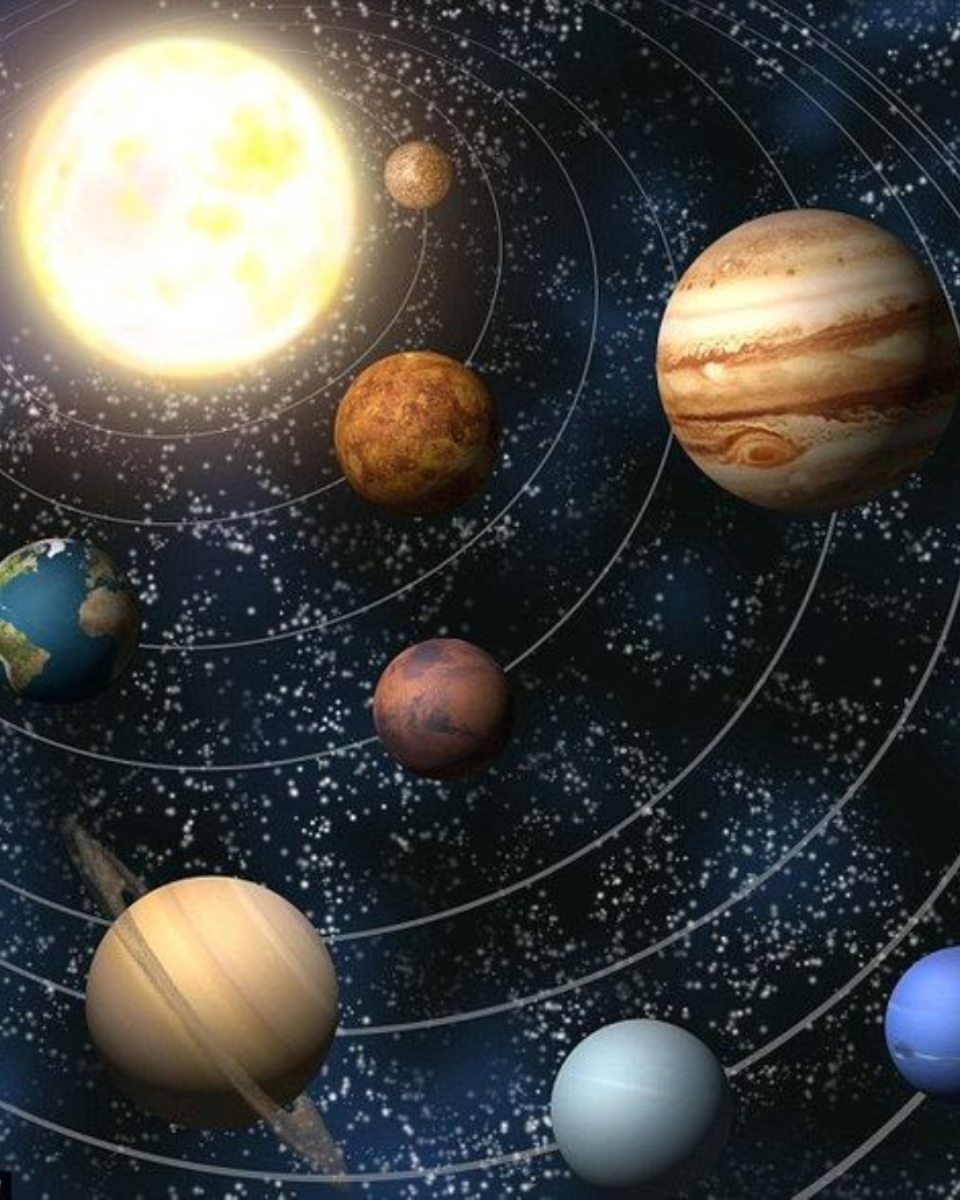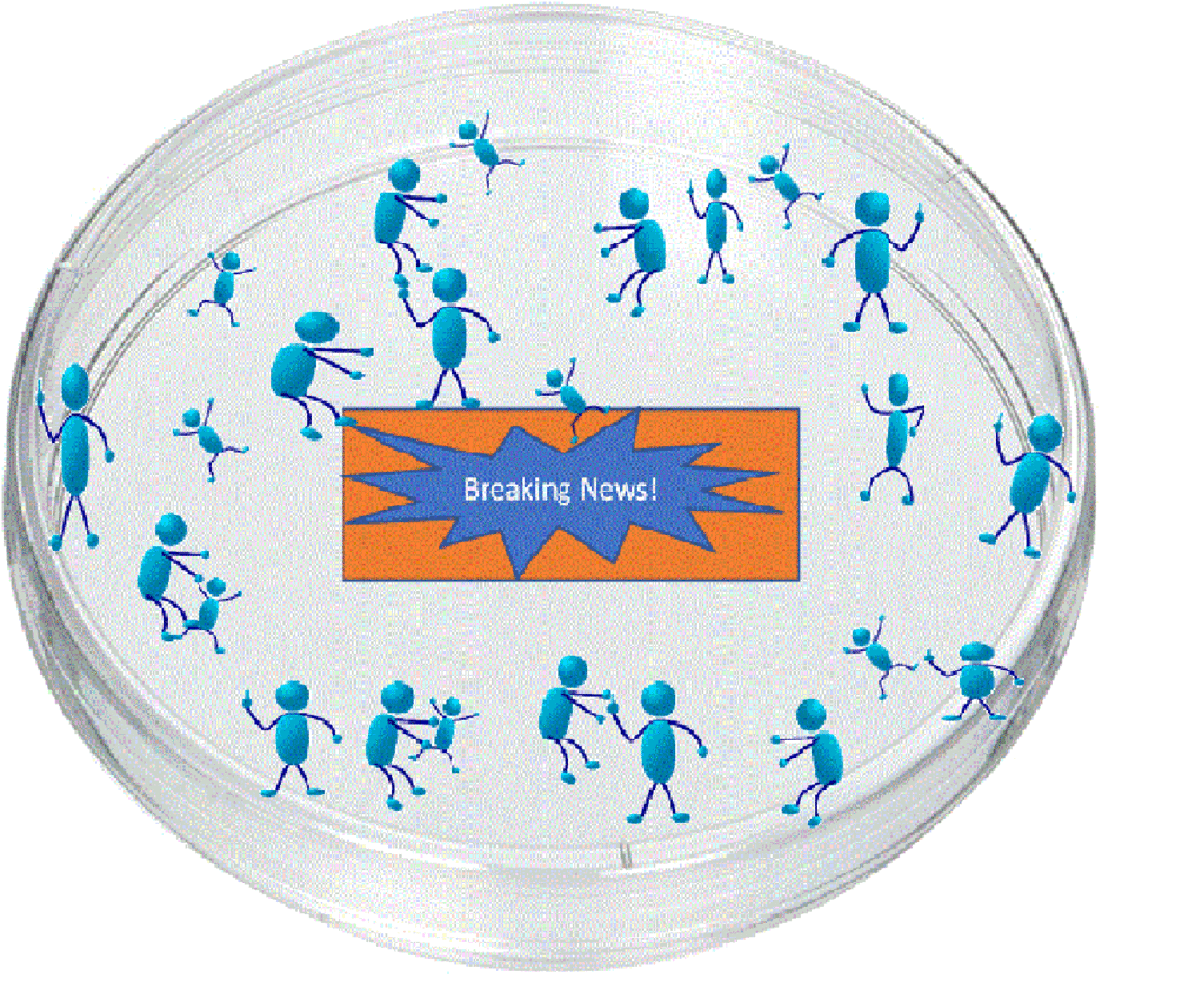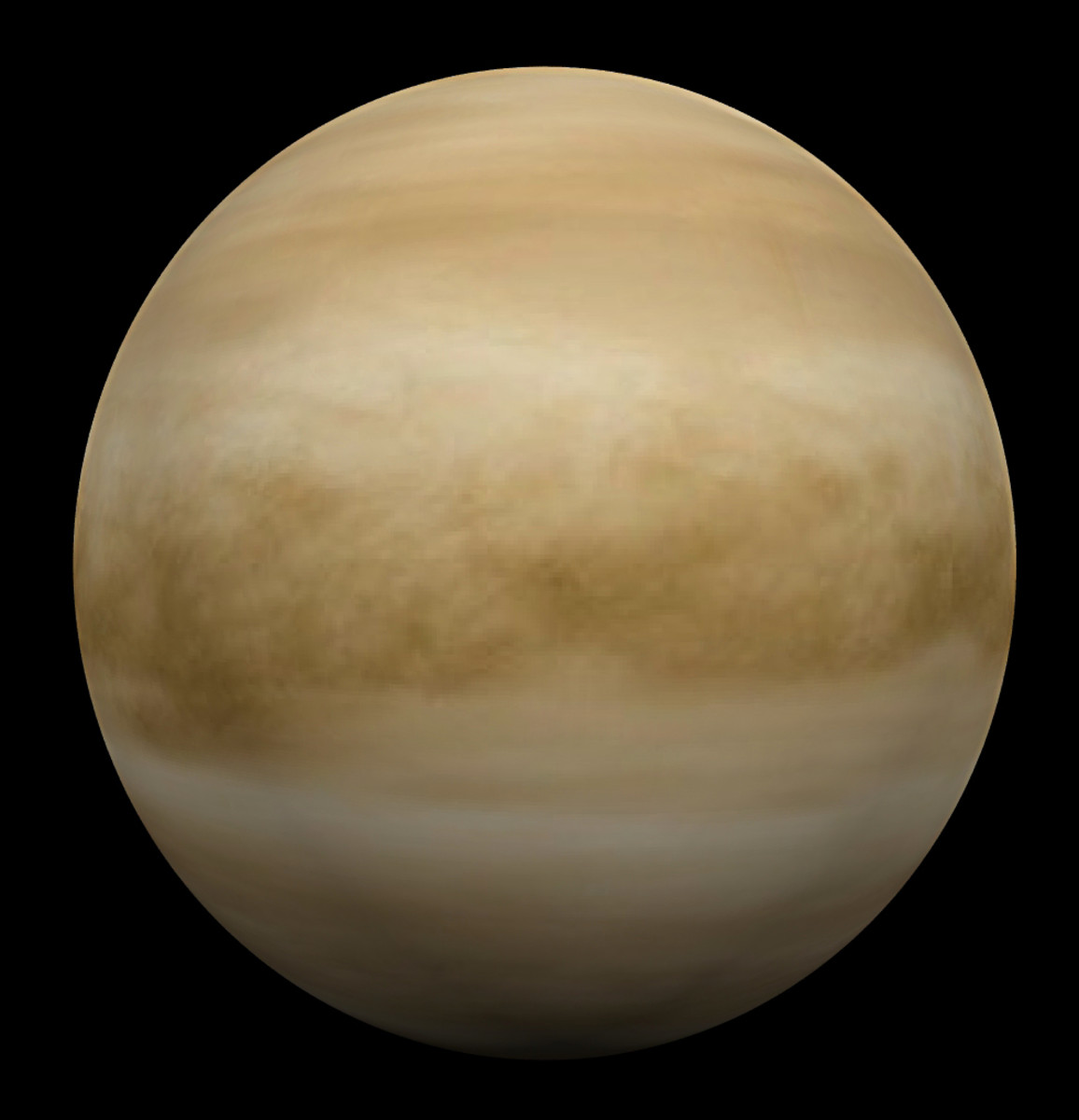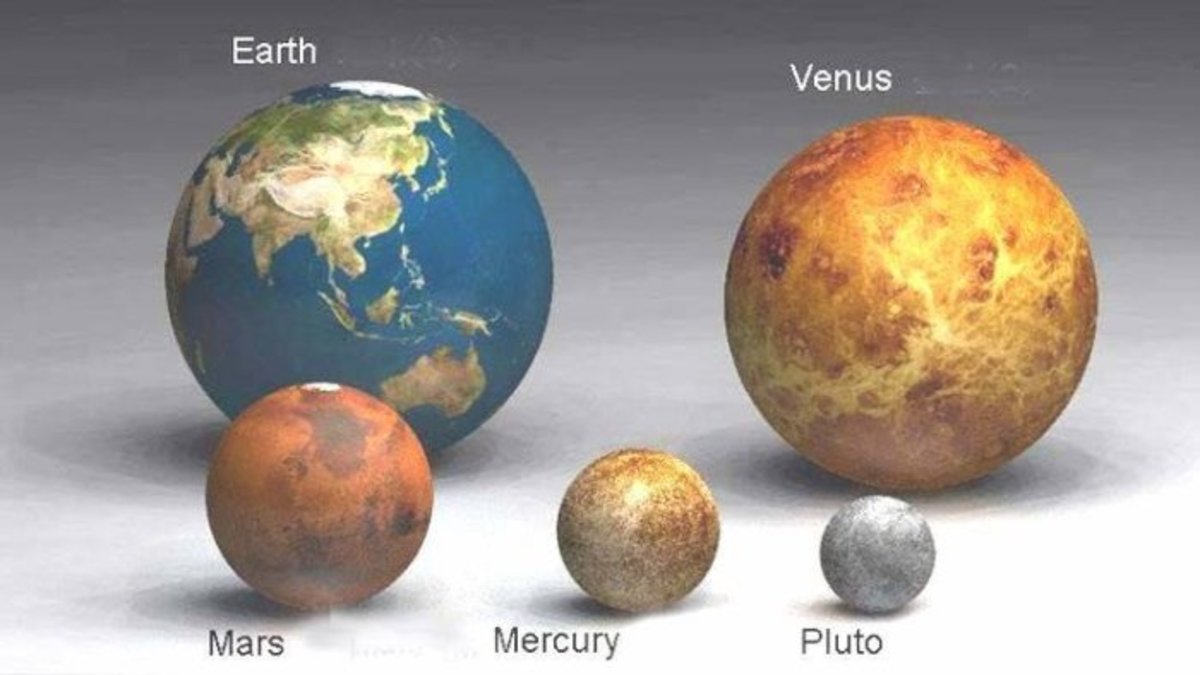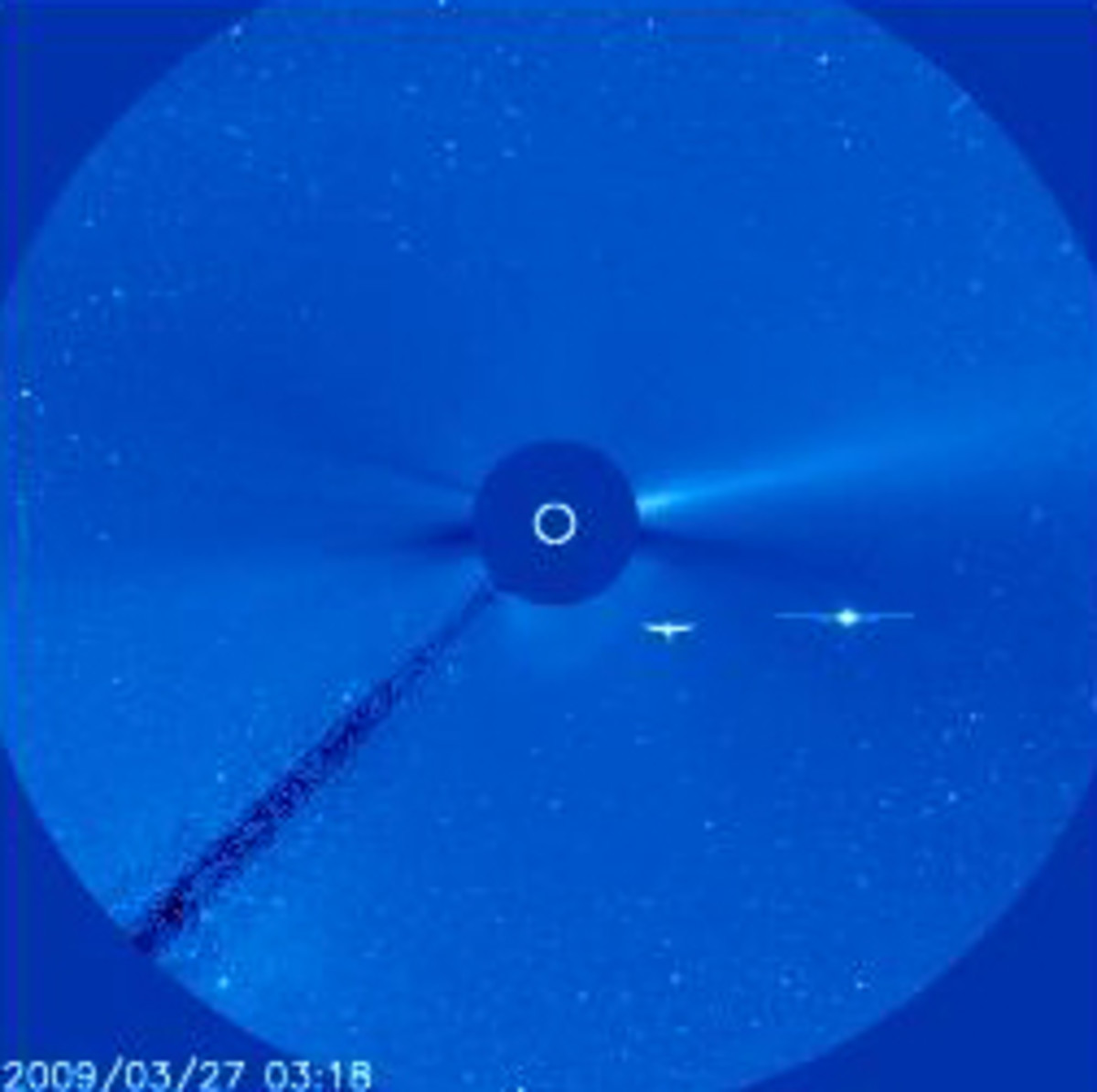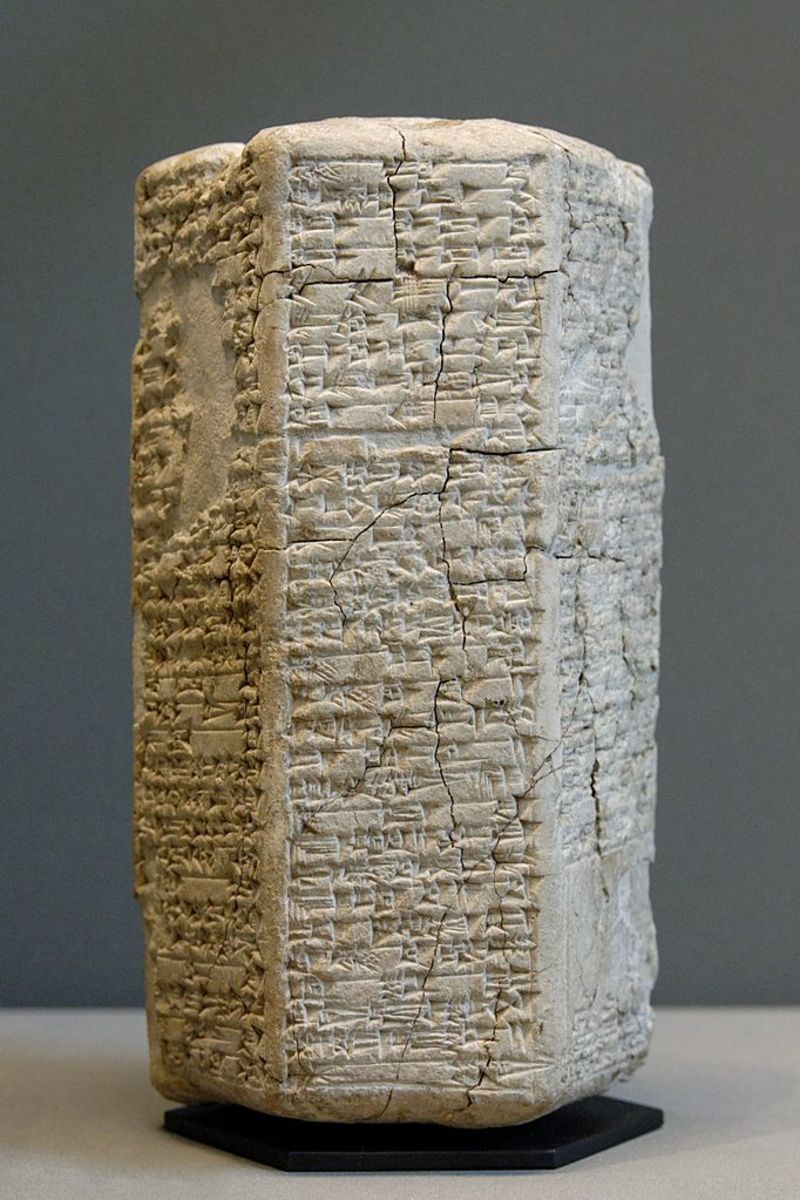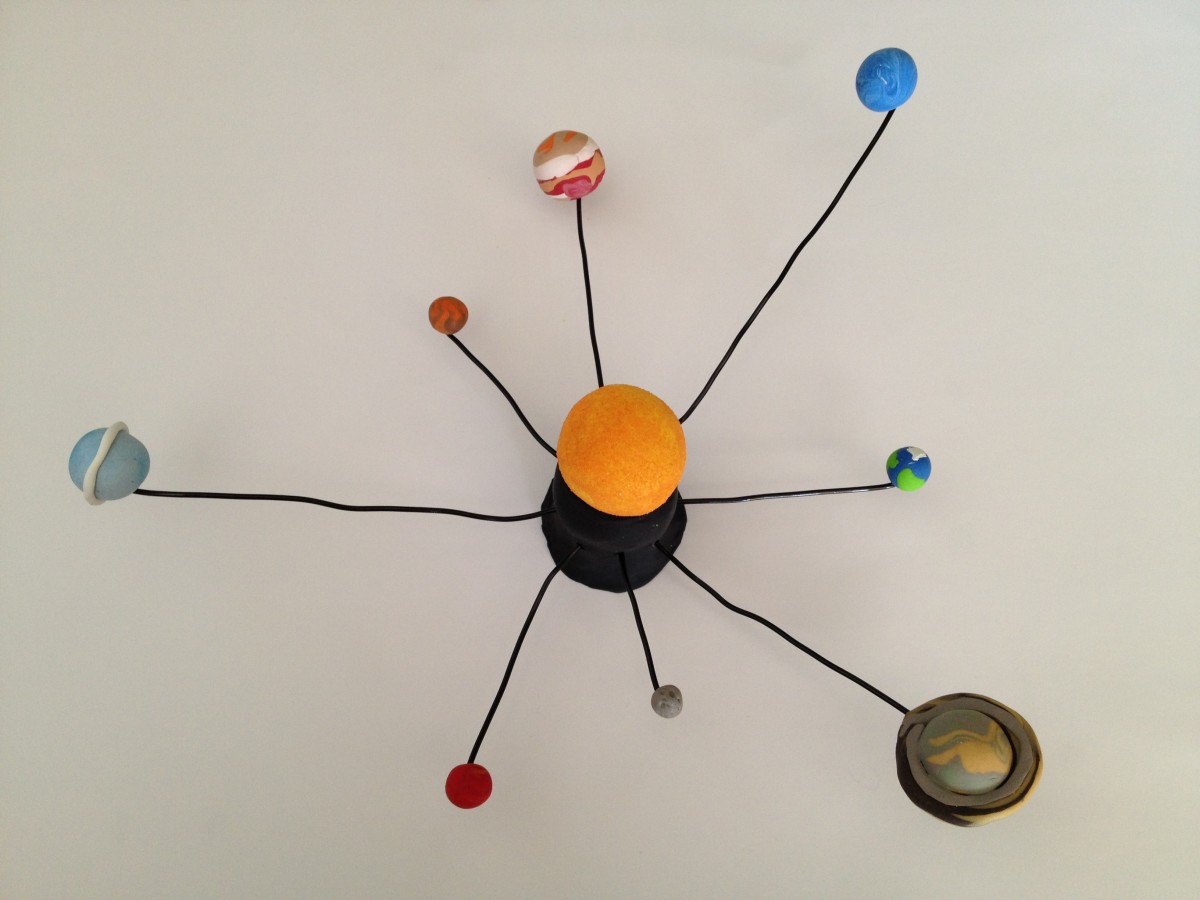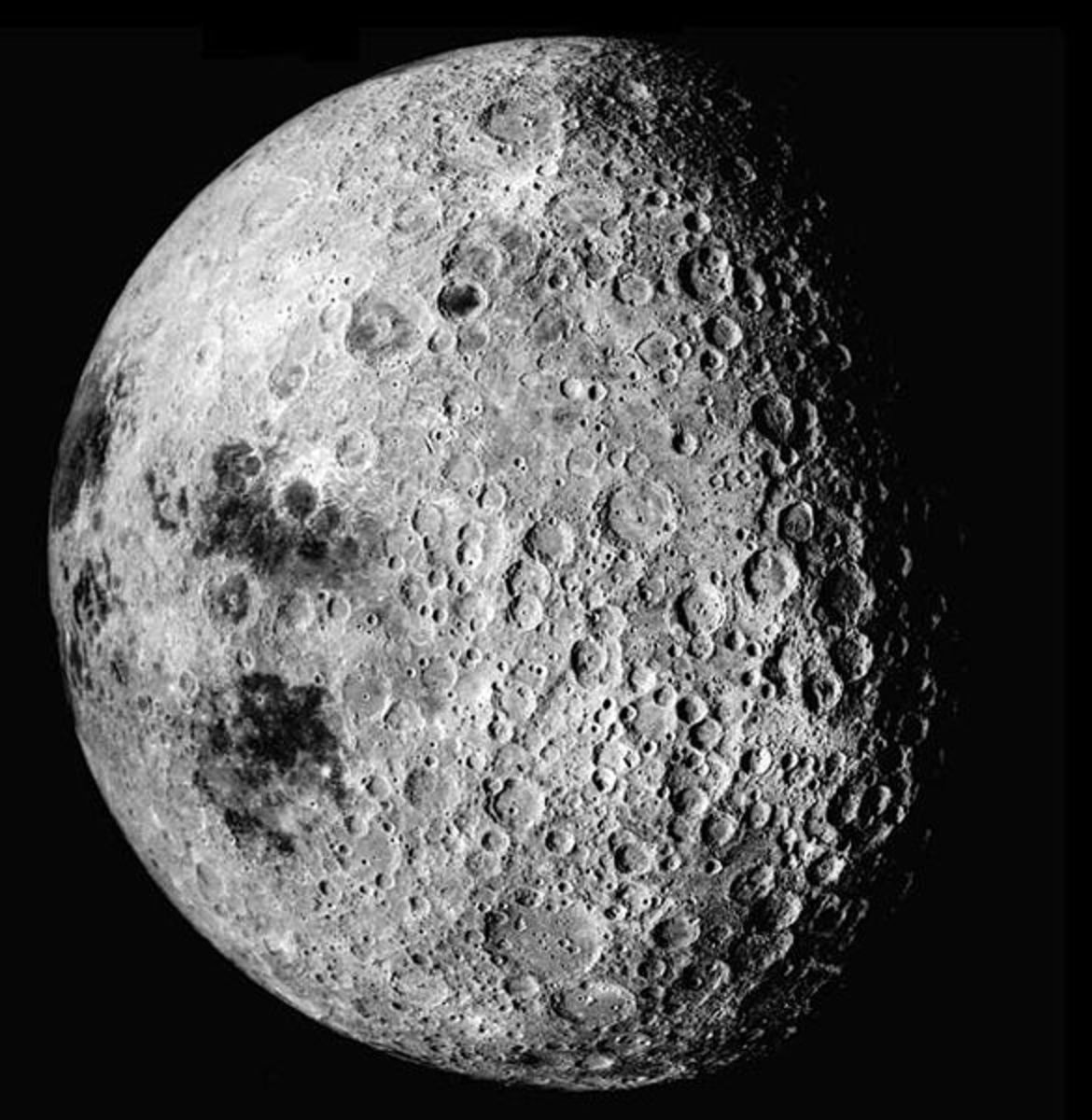The Planet Jupiter
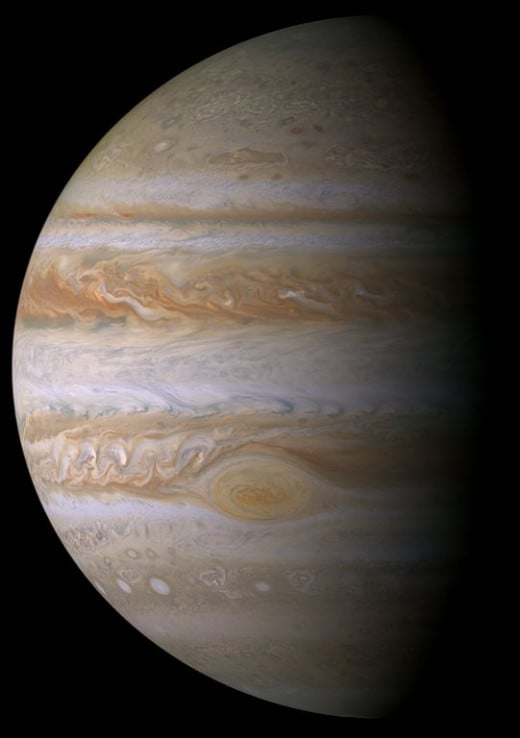
Jupiter
- Destination: Jupiter: Seymour Simon: 9780064437592: Amazon.com: Books
Destination: Jupiter [Seymour Simon] on Amazon.com. *FREE* shipping on qualifying offers. When the unmanned spacecraft Galileo landed on Jupiter in 1995, what mysteries did it uncover?... Did you know that... Jupiter is so large that more than 1
Jovian Moons
In 1610 Galileo cast his gaze to the sky using his telescope and discovered that Jupiter has four large moons these are Europa, Ganymede, Io, and Callisto. Collectively they are called the Galilean moons named after their discoverer. Io is the most volcanically active object in the solar system .Europa’s surface is covered in ice and observations seem to indicate that below this ice there might be liquid water in the form of large oceans Europa is estimated to have twice as much water as the earth. Water is very important because it is necessary for life to thrive as we know it .Ganymede is the largest moon in the solar system and has its own internally generated magnetic field. Calisto’s surface is heavily cratered giving evidence of violent collisions that occurred in the solar system in the past these collisions were called the early bombardment.Io has a core just like earth and a mantle of molten rock covered by a crust of solid rock . Since Galileo’s time 63 other moons have been discovered and there are probably many more a lot of them have still not been named .The fact that Jupiter has a lot of satellites is due to its very strong gravitational system. In fact this helps protect the inner planets by acting like a vacuum cleaner clearing rogue asteroids and comets from free flight and drawing them into its gravitational pull.
The Giant Gas planet Jupiter
There exists in our solar system giant gaseous planets they are Jupiter, Saturn, Neptune and Uranus. These gas planets are very strange indeed they do not have solid surfaces like on the rocky planets their atmospheres simply get more and denser as you get deeper and deeper into the depths of these planets eventually turning into liquid gas. The four planets together are sometimes known as the Jovian or outer planets. They play a positive if not pivotal role in this our local neighbourhood called the solar system. Jupiter is by far the largest and most massive of the two, Jupiter is 778,330,000 km from the sun and 142,984 km in diameter it is the fifth planet from the sun. Jupiter itself contains about one thousandths the mass of the sun but is two and a half times more massive than all the other planets combined. The planet is named after the Roman God Jupiter who was also the patron God of the Roman state. This is a fitting name since Jupiter in terms of size dominates all the other planets in the solar system .After the sun, the moon, and mars Jupiter is the fourth brightest object in the night sky.
The Jovian Atmosphere
The first human space craft to visit Voyager was Pioneer 10 in 1973 and later Pioneer 11, then voyager 1, Voyager 2 and Ulysses. The spacecraft Galileo orbited Jupiter for eight years and can still be seen through the lenses of the Hubble Space Telescope. From these spacecraft astronomers were able to obtain massive amounts of data about the giant planet Jupiter. Jupiter is made up of 90 % hydrogen and around 10 % helium and there are traces of methane, water ammonia and rock. Probing Jupiter’s core is very difficult even with the sophisticated instruments sent to study it but astronomers suspect that there must be a rocky core that is around 10 times the size of earth. Slightly above this core lies a exotic substance called liquid metallic hydrogen. At the massive pressures found near Jupiter’s core hydrogen the most abundant element in the universe changes into a liquid that is superconductive this is the source of Jupiter’s magnetic fields. Jupiter’s magnetic filed is massive and powerful its magneto sphere stretches for more than 650 million kilometres passing the orbit of Saturn. This tells us that Jupiter definitely cannot support human life it is extremely hostile to life as we know it.
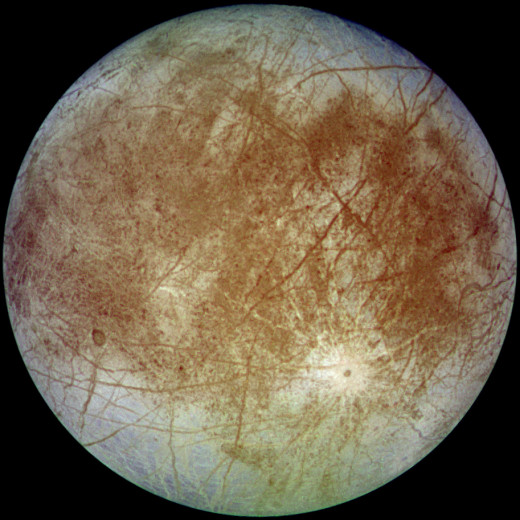
Shoe Maker Levy Comet
In 1994 a comet called shoe maker levy named after the astronomers that discovered it crashed into Jupiter in a most spectacular fashion. The event was recorded in detail by the Hubble Space telescope and was really spectacular. The impact left massive visible scars on the planets atmosphere and disrupted the rings that orbit the planet. Each scar left behind in Jupiter’s atmosphere was bigger than the size of the earth so one can image the amount of damage such an object would have on our planet. It reminds us that the solar system we live in is not the tranquil place we imagine but is a very turbulent and dangerous place.

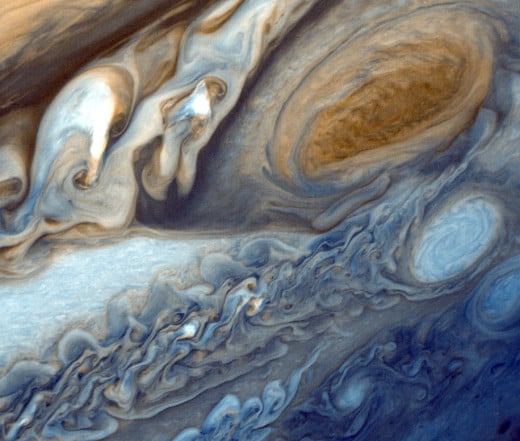
The Great Red Spot
One of Jupiter’s most famous features is the great red spot which through telescopes can be seen from earth. This red spot is massive it is possible to fit three earths within its confines. The red spot is an anti cyclonic storm and there are many other smaller storms dotted throughout Jupiter’s atmosphere. Astronomers have been seeing it for at least four hundred years basically since the advent of the telescope .Space probes confirm that the clouds that make up the red spot are around 8 kilometres higher than ordinary neighbouring clouds. It has been likened to a massive hurricane and its spin powered by the same coriolis effect we see on earth. Astronomers believe that the spot is caused by internal heat somewhere deep within the depths of the planet. Another strange phenomenon associated with Jupiter is the fact that it radiates out more heat than it absorbs from the sun. This strange phenomena is a caused by Jupiter’s massive gravity field which compresses the entire planet slowly thereby releasing heat. Passing spacecraft have shown Jupiter to have rings although they are much fainter and smaller than the rings of Saturn.
GIANT PLANET : JUPITER
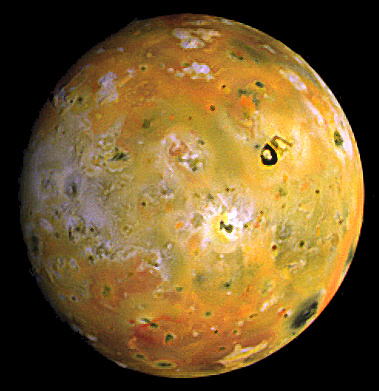
.

